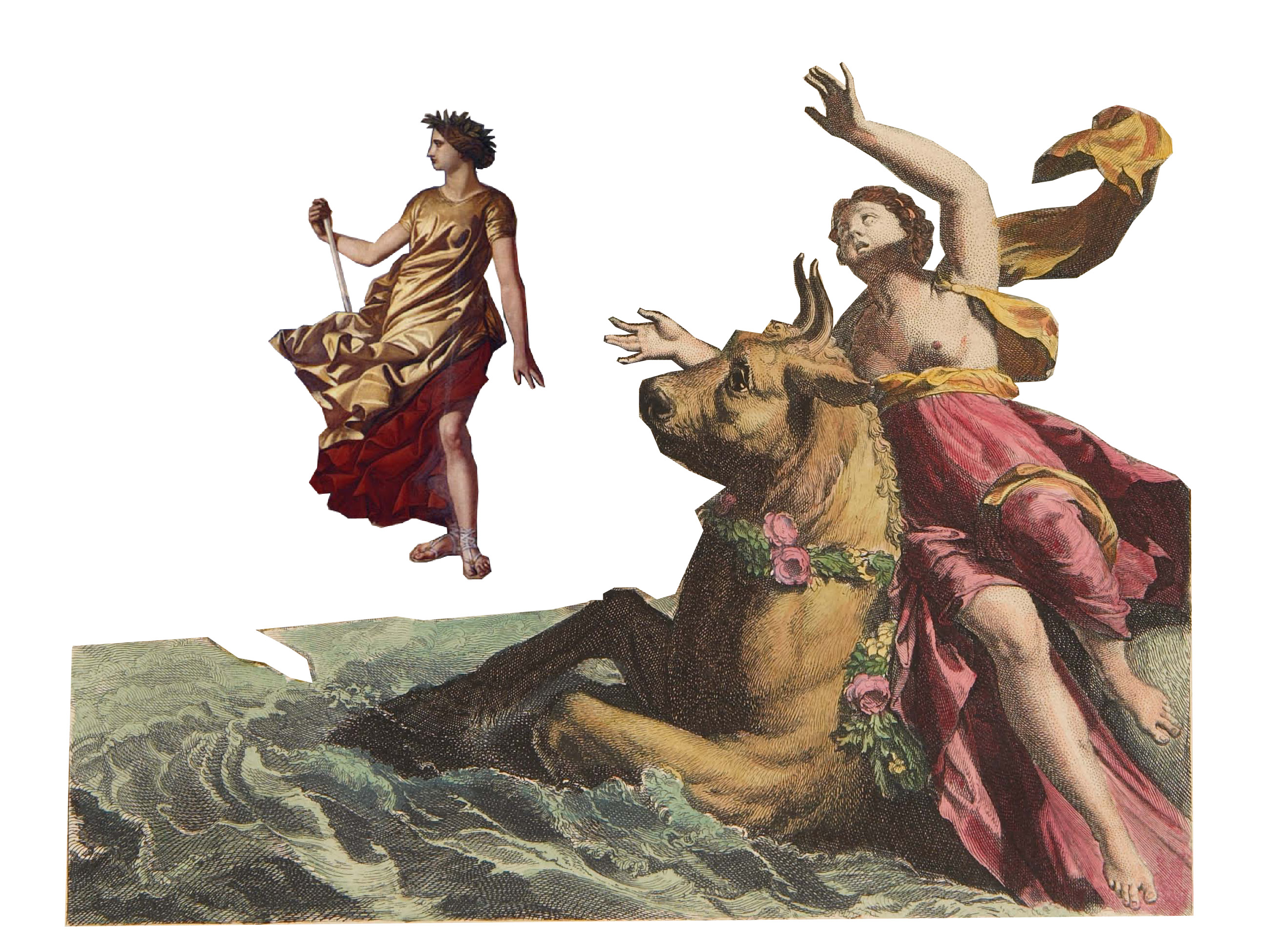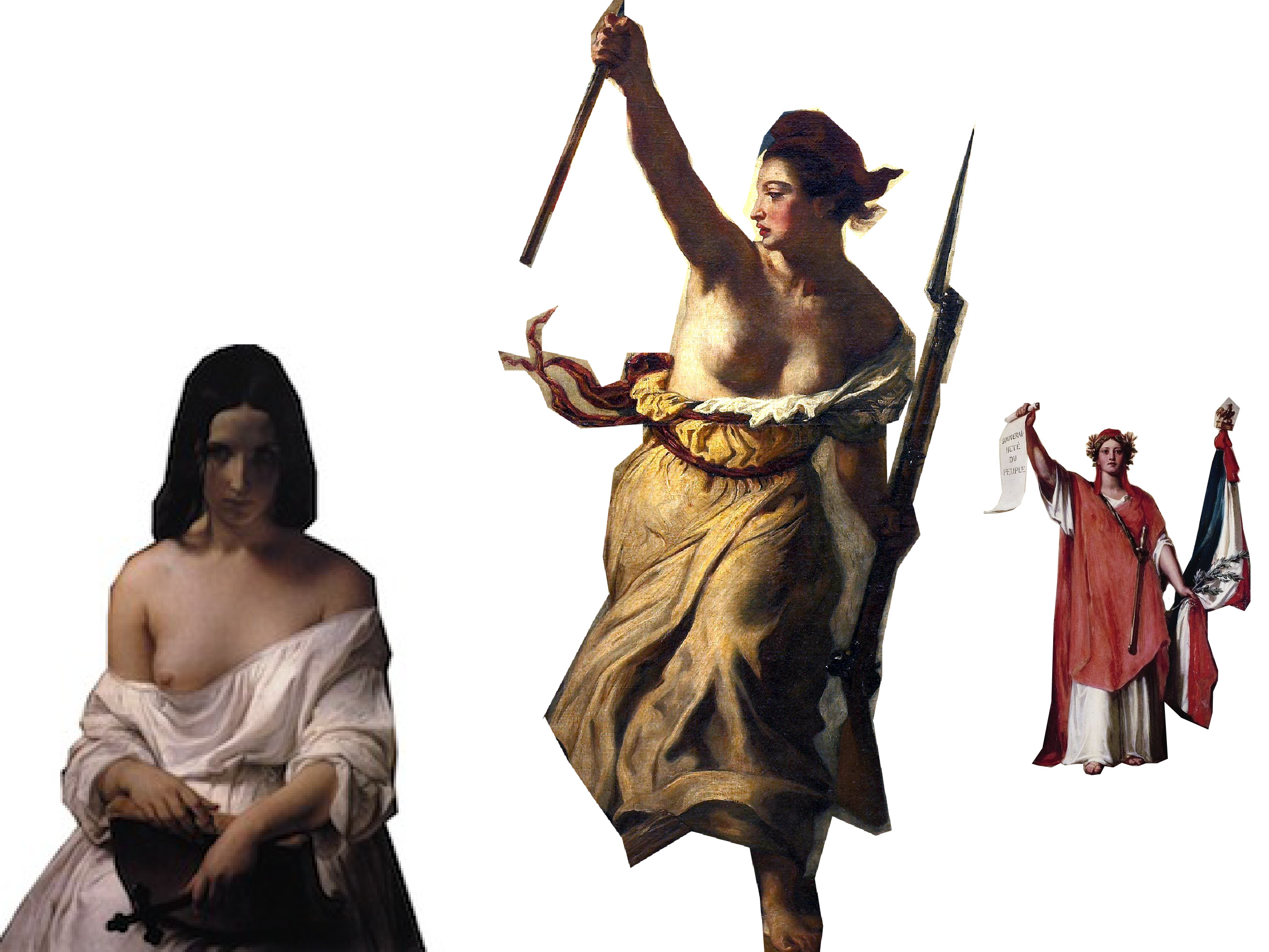FEAR FILLED HER HEART AS, GAZING BACK, SHE SAW
HD video, 21 min., 2014.
Cast: Karima Mansour, Rasha Magdy, Amany Atef, Ahmed Shamel Azmy, Abdelrehim Mohamed, Mohamed Saleh “Tiger”
DoP: Hesham Amin, Kaya Behkalam
Voice-Over: Dalia Basiouny
Director, Script, Editor: Kaya Behkalam
commissioned by Maxim Gorki Theater Berlin for Berliner Herbstsalon 2014.
“Fear filled her heart as, gazing back, she saw“ is a performative reflection on the discursive potential of the body. How can we use the nonverbal language of the body and its movements to address and negotiate complex and controversial issues and questions? The body here is approached both as a physical, corporeal entity and as an abstract metaphor, signifying a com- munity of subjects and objects, systems and ideas.
The basis of the project consists of visual material of idealized depictions of European countries in the form of monumental sculptures and paintings; iconic and allegoric personifications such as Germania, Marianne, Hibernia, Helvetia, Polonia, Britannia, Mother Russia or Europa herself. Mostly represented through the female body these images give form to national mythologies, historical events, collective wish images or national trauma.
In the video work “Fear filled her heart…” a group of Non-European dancers appropriates these symbolic gestures. On a revolving stage they re-enact these iconic positions of power, defense and grief, interpreting them as human sculptures. These bodily positions form the gestural vocabulary for a subsequent bodily improvisation. Together with the artist and the camera team they examine the relevance of these monumental gestures, exploring contemporary and more personal bodily appropriations, which translate an idea of the nation/body that is marked by the violent and traumatic experiences of colonialism, of fascism, of the constant in-and exclusions from this imaginary bodily construction. Furthermore, how to approach the nation/ body with an understanding of the body that is not solid, but fragile, and needs securing of its boundaries; a body that is messy, fluid, unorganized, a body that leaves secretions, weeps, makes love.
Through improvisational appropriations the dancers are utilizing their bodies as archaeological instruments, tracing both the corporeal and conceptual, utopian and violent origins of these imagined communities as well as the emancipatory potential of the allegoric depiction itself, which in its ambiguity defies monumental models and master narratives of European identity constructions.



